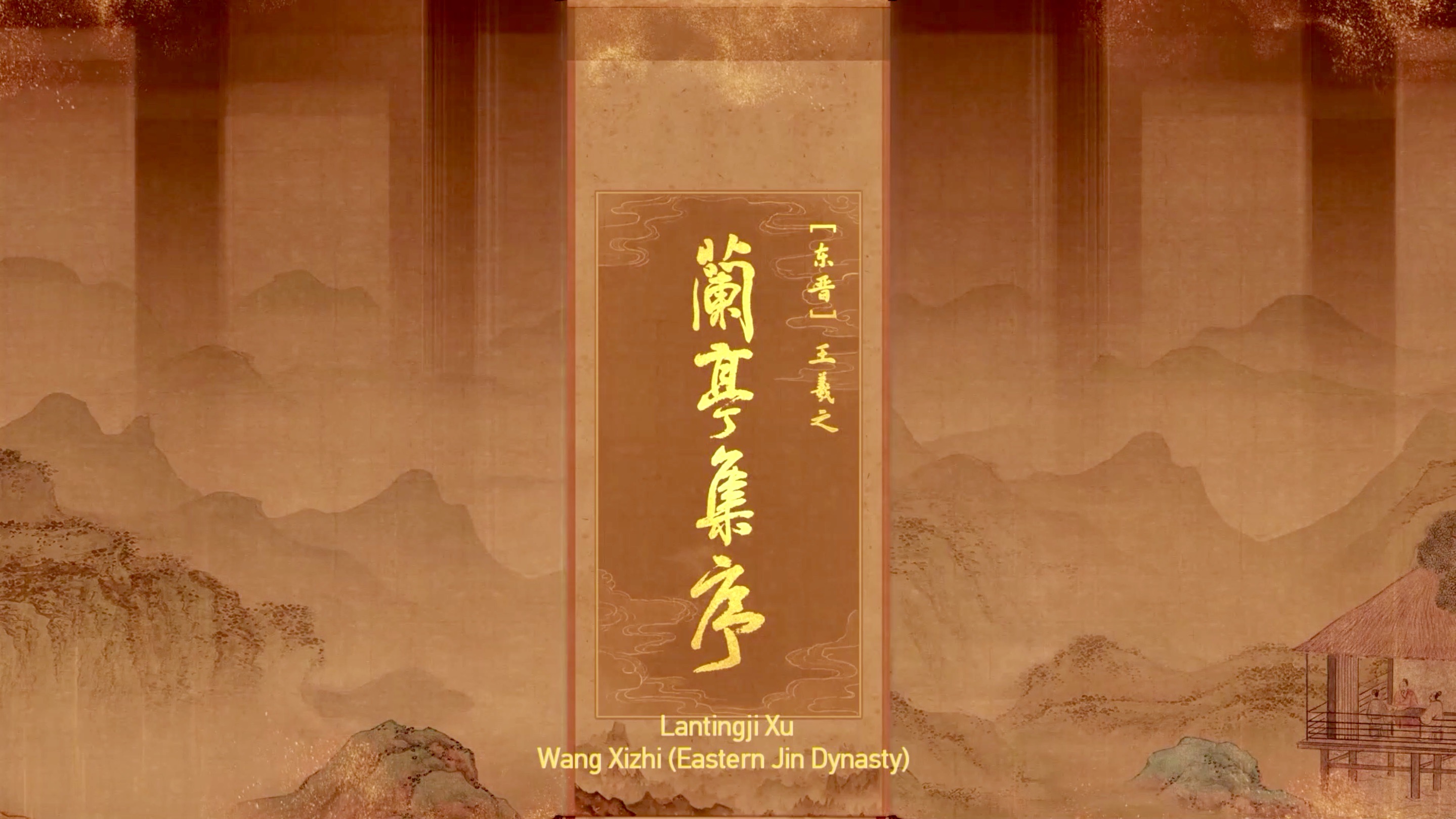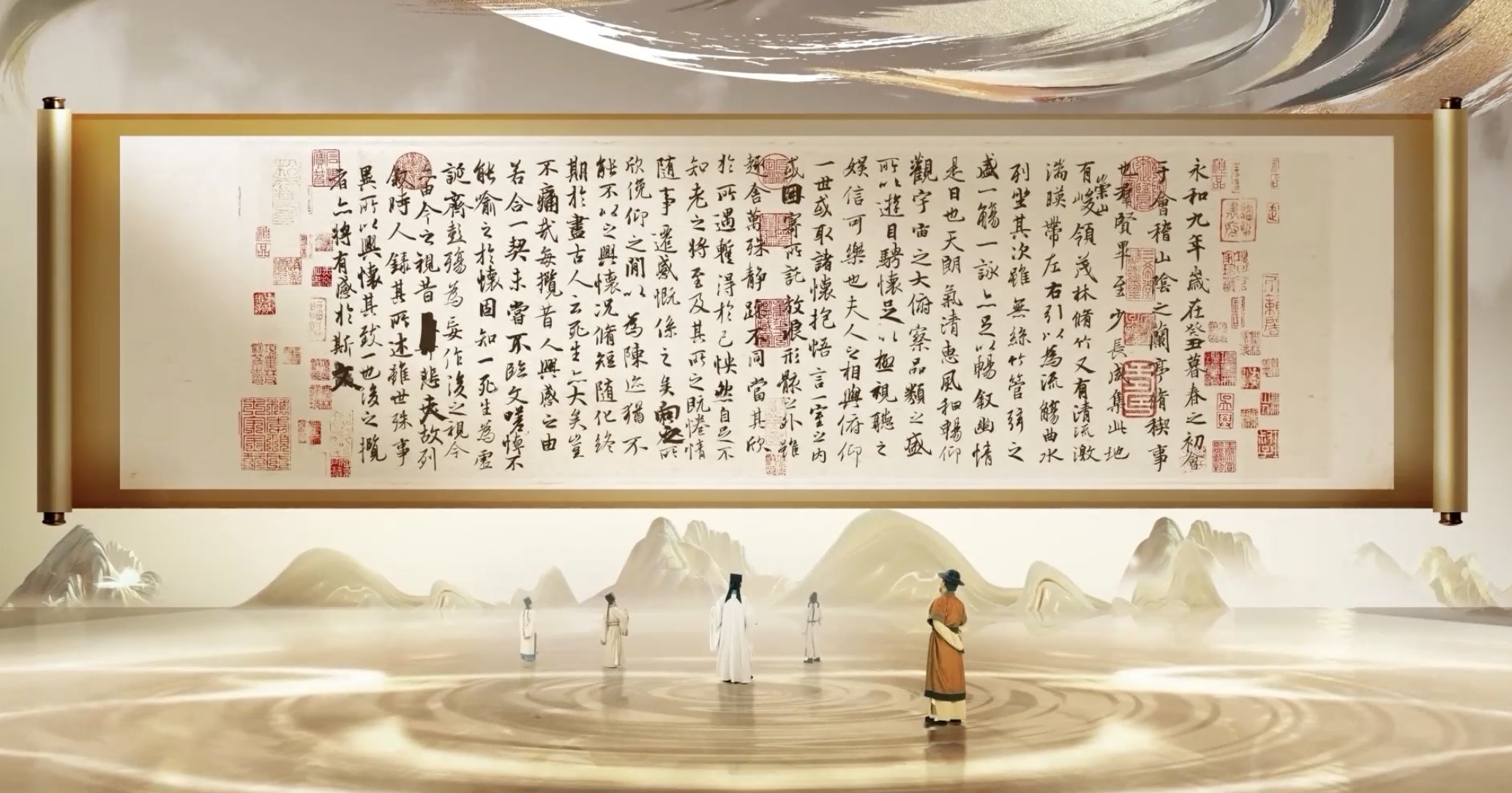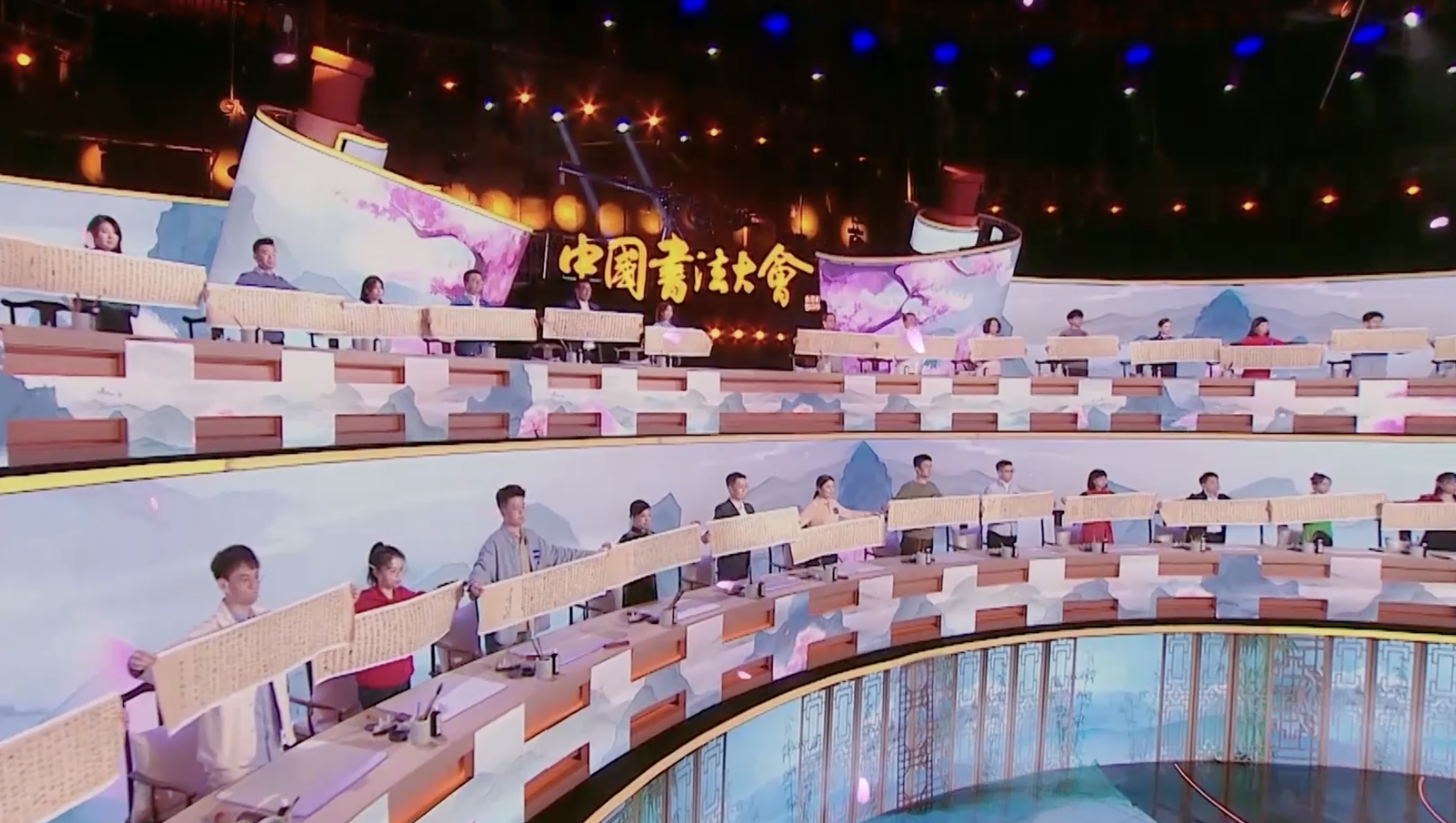Regarded as the "Number One Running Script in the World" by subsequent generations, the "Lantingji Xu," or "Preface to the Poems Composed at the Orchid Pavilion," by calligraphy master Wang Xizhi from the Eastern Jin Dynasty (317-420 AD) has been praised, copied and studied by calligraphers since the time it was first created.
14:47

Emperor Taizong of the Tang Dynasty (618–907 AD) was an admirer of Wang Xizhi's calligraphy, having collected a large number of his works. The original version of the "Lantingji Xu" was said to have been buried along with the emperor in his mausoleum. However, since the Tang Dynasty, a great number of traced and copied duplicates of this masterpiece have been made and circulated, which greatly influenced calligraphers in later dynasties.
In the Tang Dynasty, Feng Chengsu was commissioned by Emperor Taizong to copy the "Lantingji Xu." This resulted in the creation of the most widely circulated copy of the masterpiece known as the "Shenlong copy." Calligrapher Mi Fu from the following Song Dynasty was extremely proud of his finely honed skills. But he regarded the "Lantingji Xu" as the "number one work of calligraphy in the world." And then during the Yuan Dynasty, calligrapher Zhao Mengfu gained a deep understanding of the essence of calligraphy from the "Lantingji Xu." During the following Ming and Qing dynasties, calligrapher Fu Shan believed the "Lantingji Xu" was the main source of innovation for later calligraphy.

"Lantingji Xu" by Wang Xizhi from the Eastern Jin Dynasty (317-420 AD). /CGTN
"Lantingji Xu" by Wang Xizhi from the Eastern Jin Dynasty (317-420 AD). /CGTN
Literati through the centuries have expressed their love of Wang Xizhi's masterpiece. Professor Qiu Zhenzhong at the Central Academy of Fine Arts detailed three reasons: "Firstly, the running script represented by Wang Xizhi's 'Lantingji Xu' was created at a critical point in history. Secondly, the 'Lantingji Xu' is indeed a highly accomplished piece. Its brushwork, composition and character structure achieved remarkable heights in the history of calligraphy.Thirdly, works represented by Wang Xizhi's 'Lantingji Xu' established a classical standard. This norm, in simple terms, emphasizes symmetry and balance. It has been the mainstream aesthetic direction and trend for over 1,600 years."
Given the high calligraphic value of the script, there are different ways to appreciate it in a modern-day context. Among them is its composition, or the arrangement of the individual characters within the work. "If we draw an axis through any line of text from the 'Lantingji Xu' and connect them, we will discover a very delicate curve. At the same time, the shapes of the axes have some similarities, but they also change imperceptibly. The composition as a whole is very vivid," explained Qiu.

Calligraphy enthusiasts demonstrate their copies of "Lantingji Xu" by Wang Xizhi from the Eastern Jin Dynasty (317-420 AD). /CGTN
Calligraphy enthusiasts demonstrate their copies of "Lantingji Xu" by Wang Xizhi from the Eastern Jin Dynasty (317-420 AD). /CGTN
To illustrate the charm ofthe "Lantingji Xu," Professor Ye Peigui from Capital Normal University made a very close analysis of specific character "sheng." "Pay attention to the character 'min' in the lower part of 'sheng.' There are two small vertical strokes in the middle of the character, followed by a horizontal stroke. If you look closely, you'll see that Wang Xizhi's vertical stroke goes down, and then picks up and falls down to write the horizontal stroke. Therefore, there is an overlapping cross between the horizontal stroke and the vertical stroke, showing the meticulousness of his brushwork," he said.
He further explained that the movements of the strokes convey a sense of rhythm, with various ups and downs, giving readers a sense of its pace. "Despite appearing calm on the surface, you can feel its continuous undulations, like ripples in water, giving you a sense of tranquility. This is the beauty you can experience from the 'Lantingji Xu'."